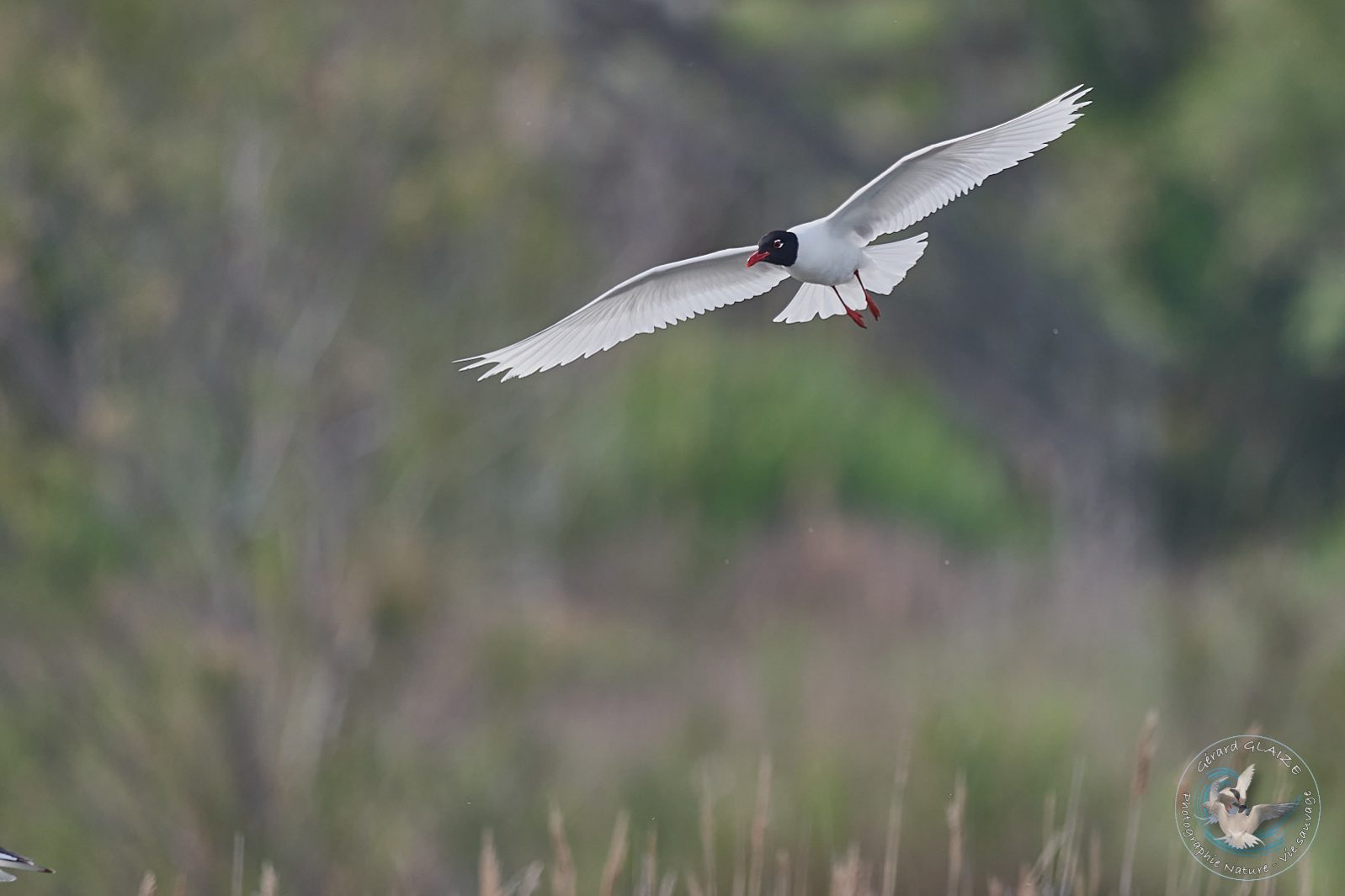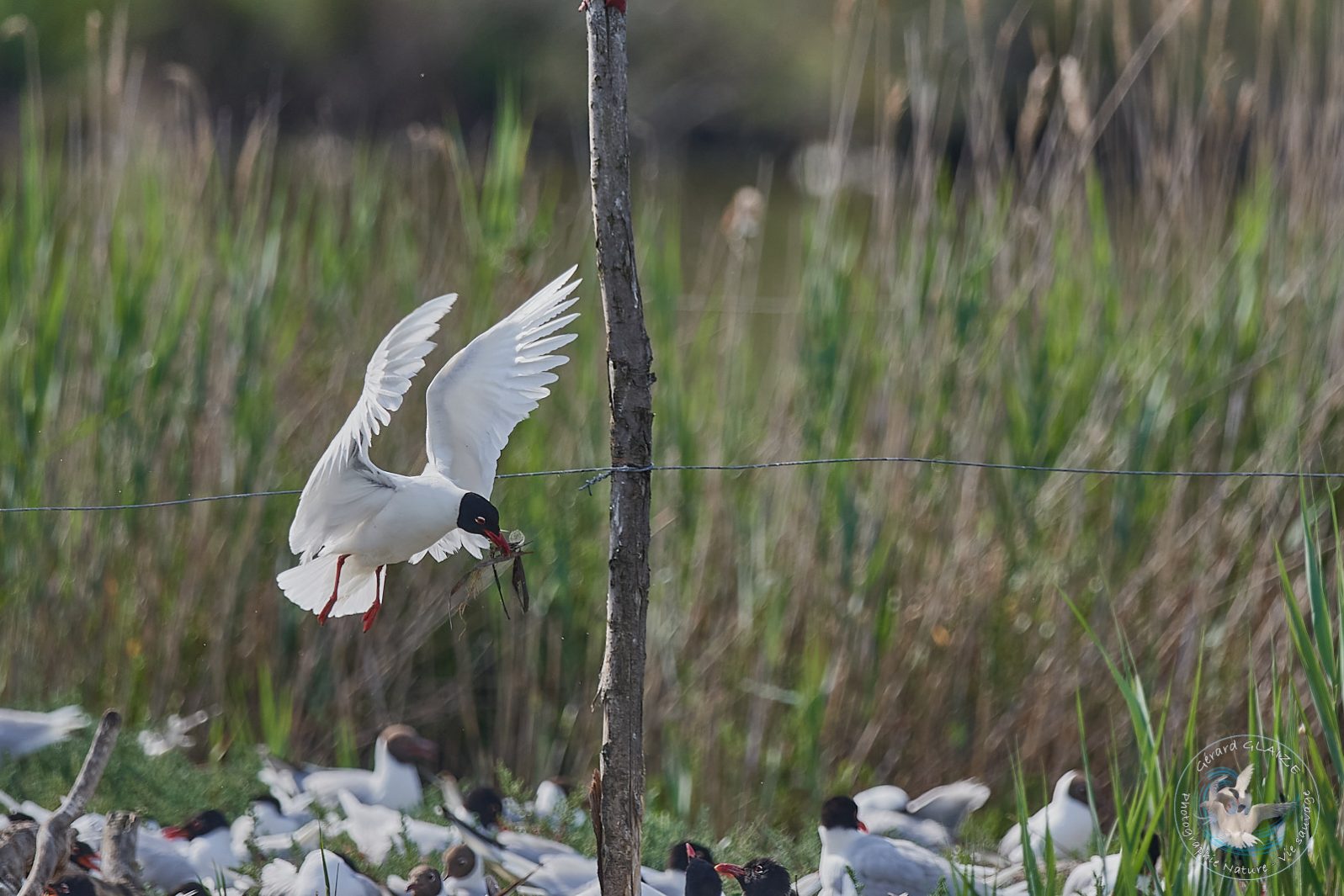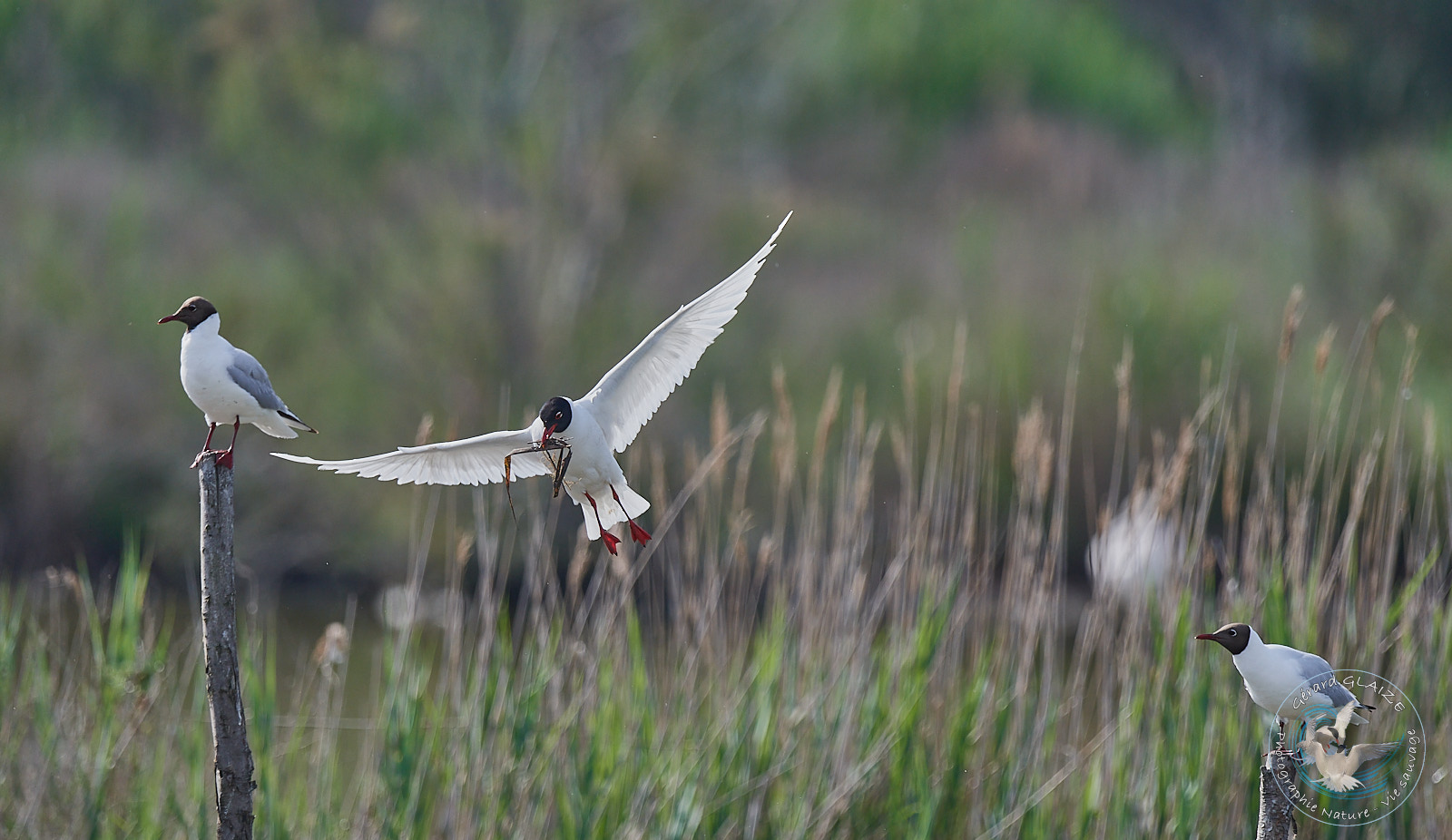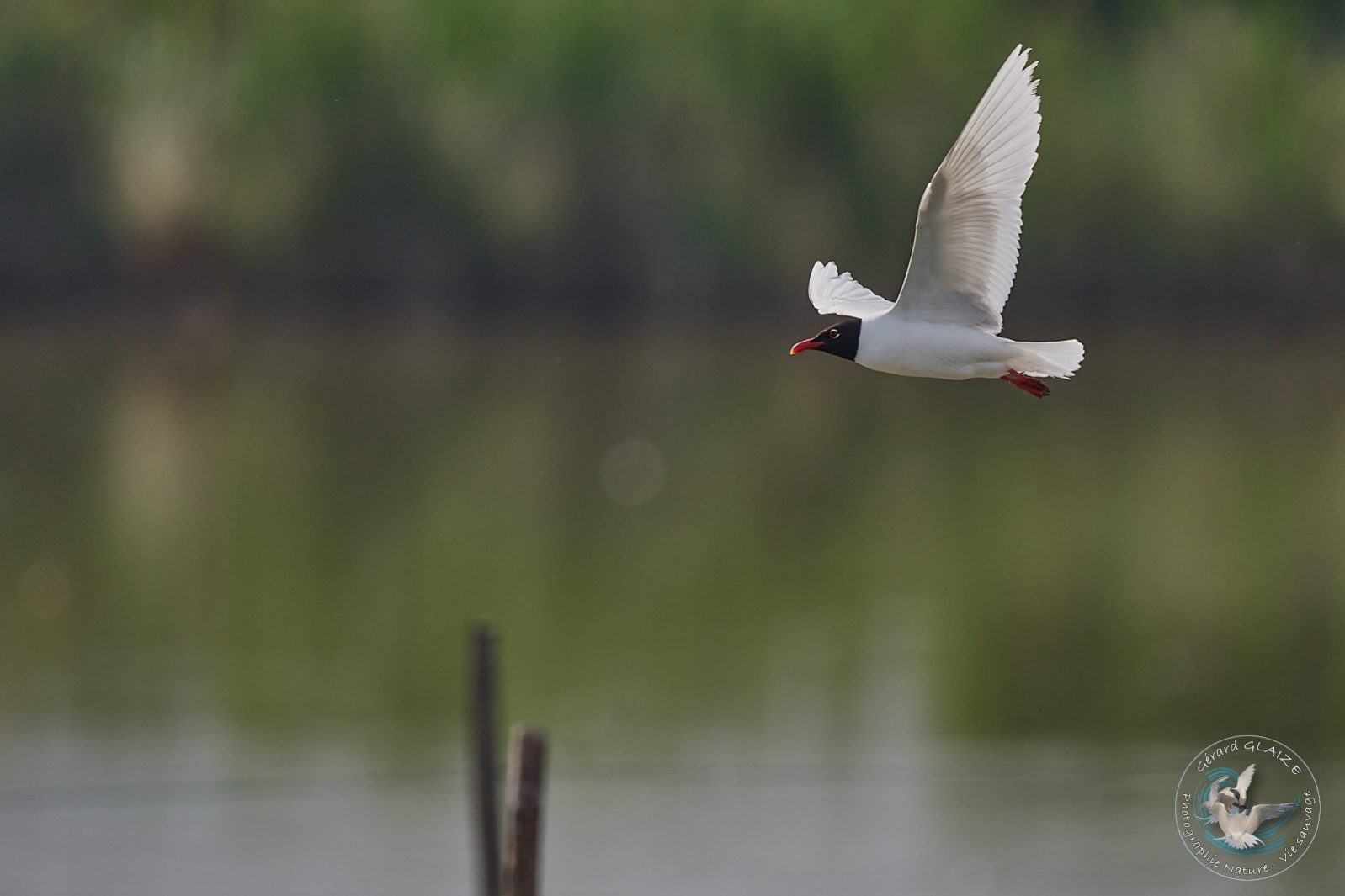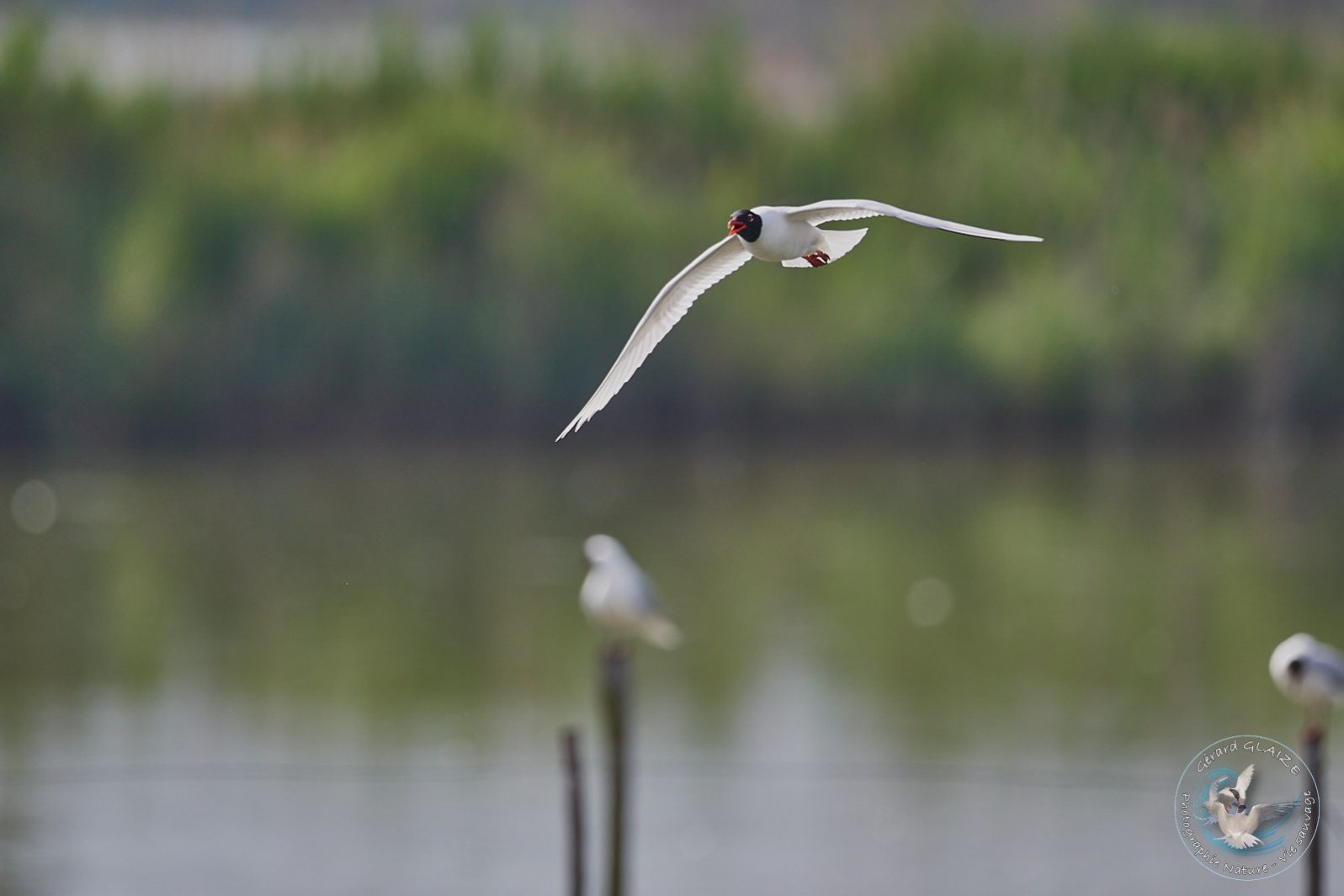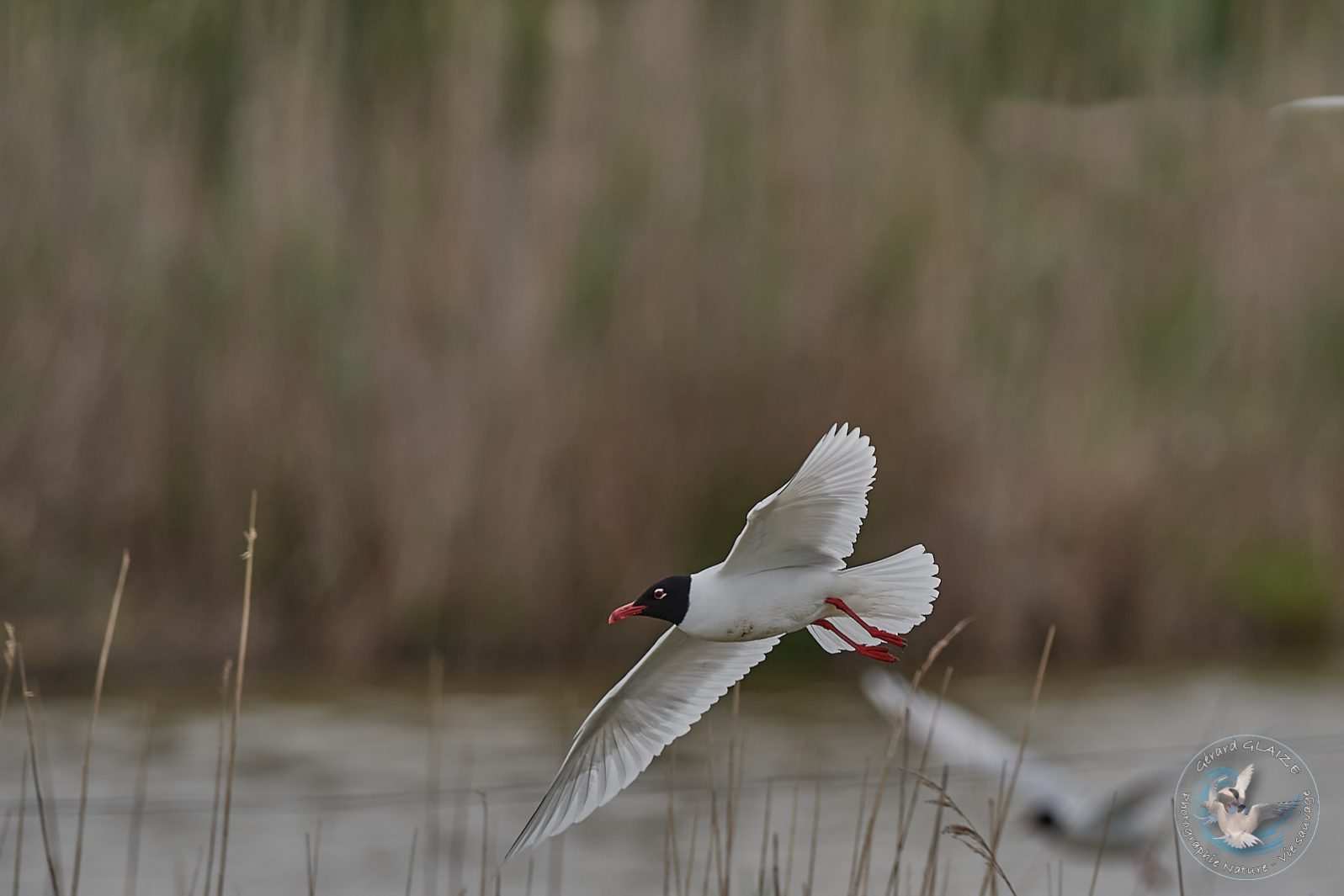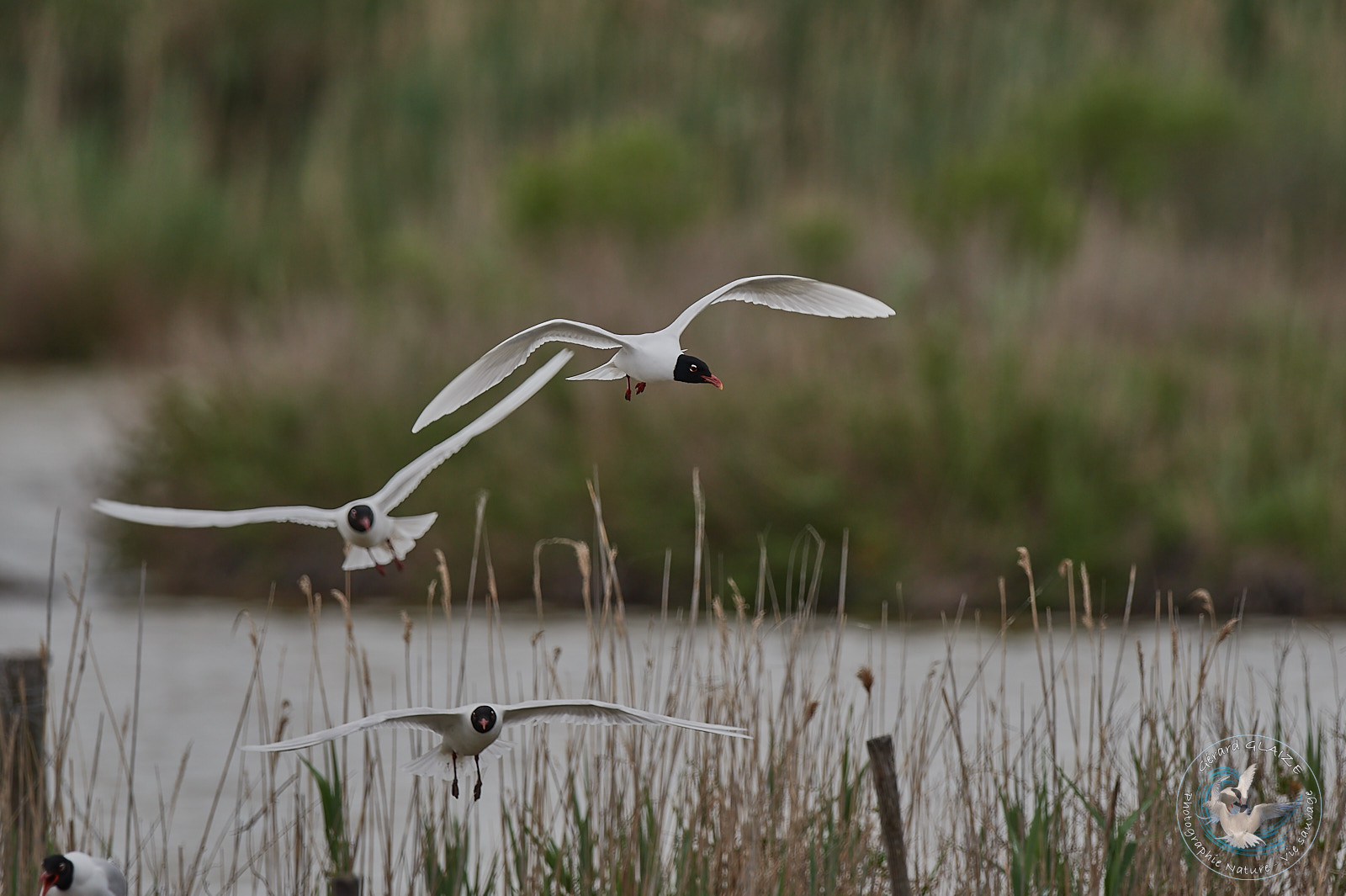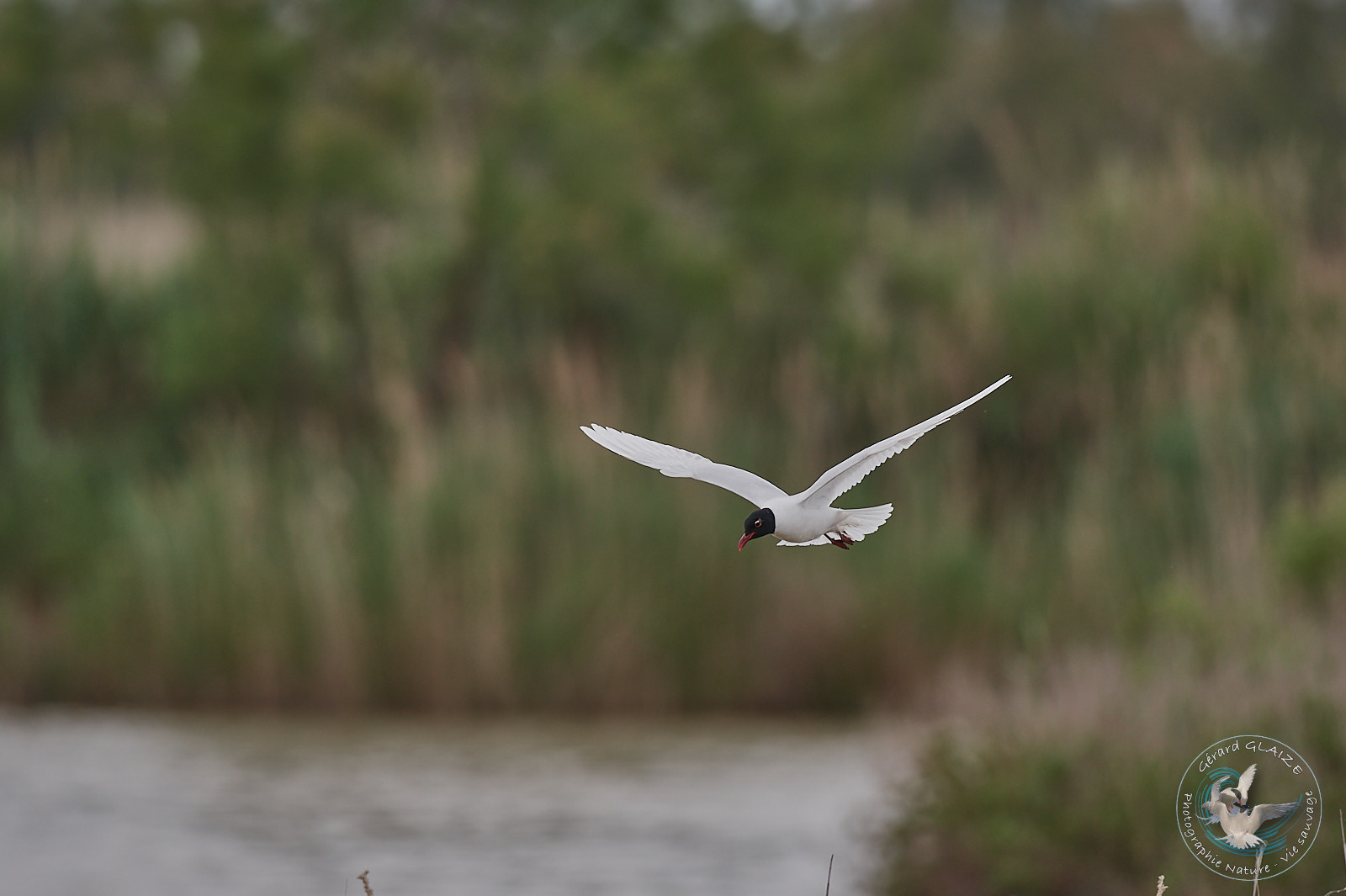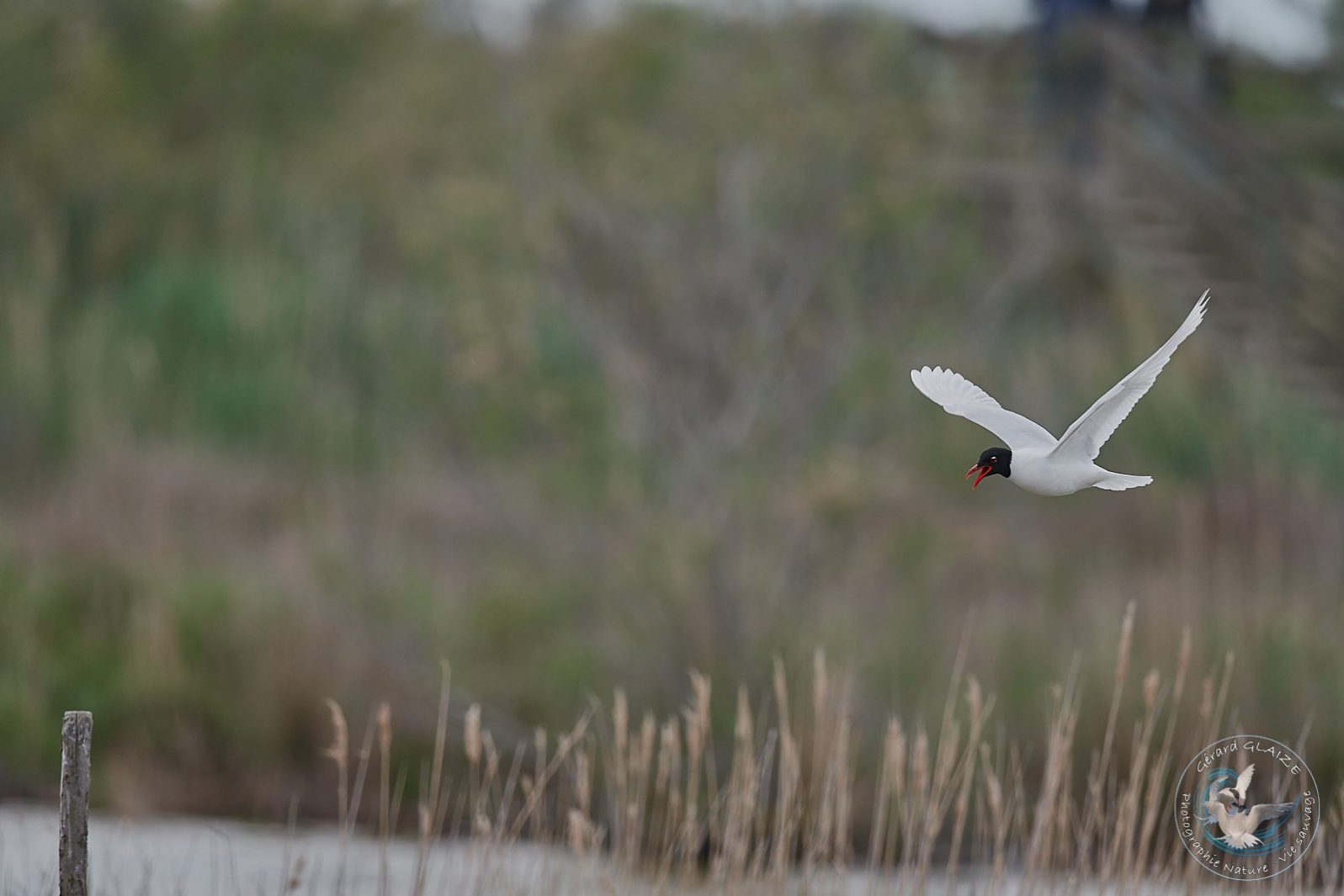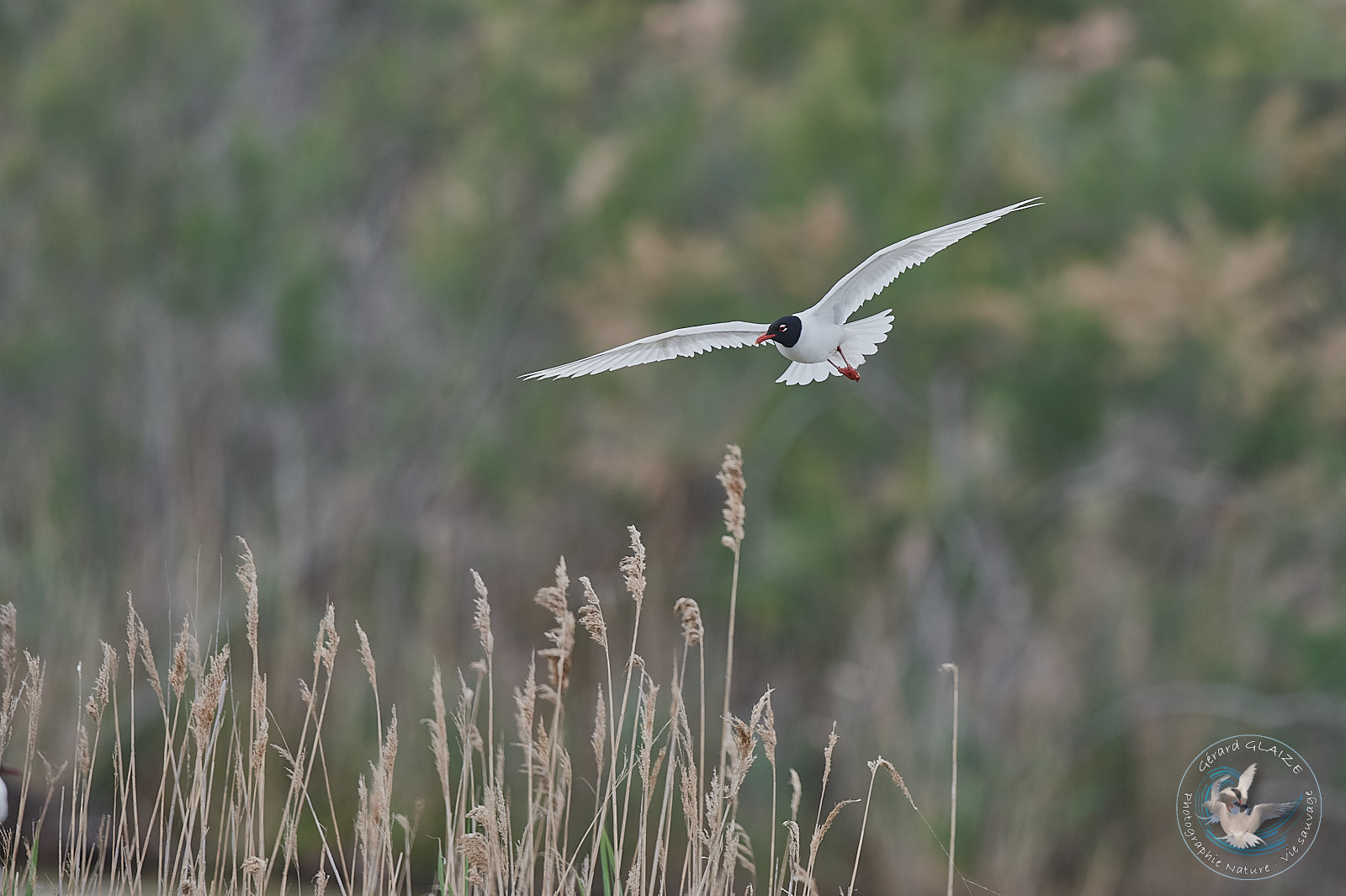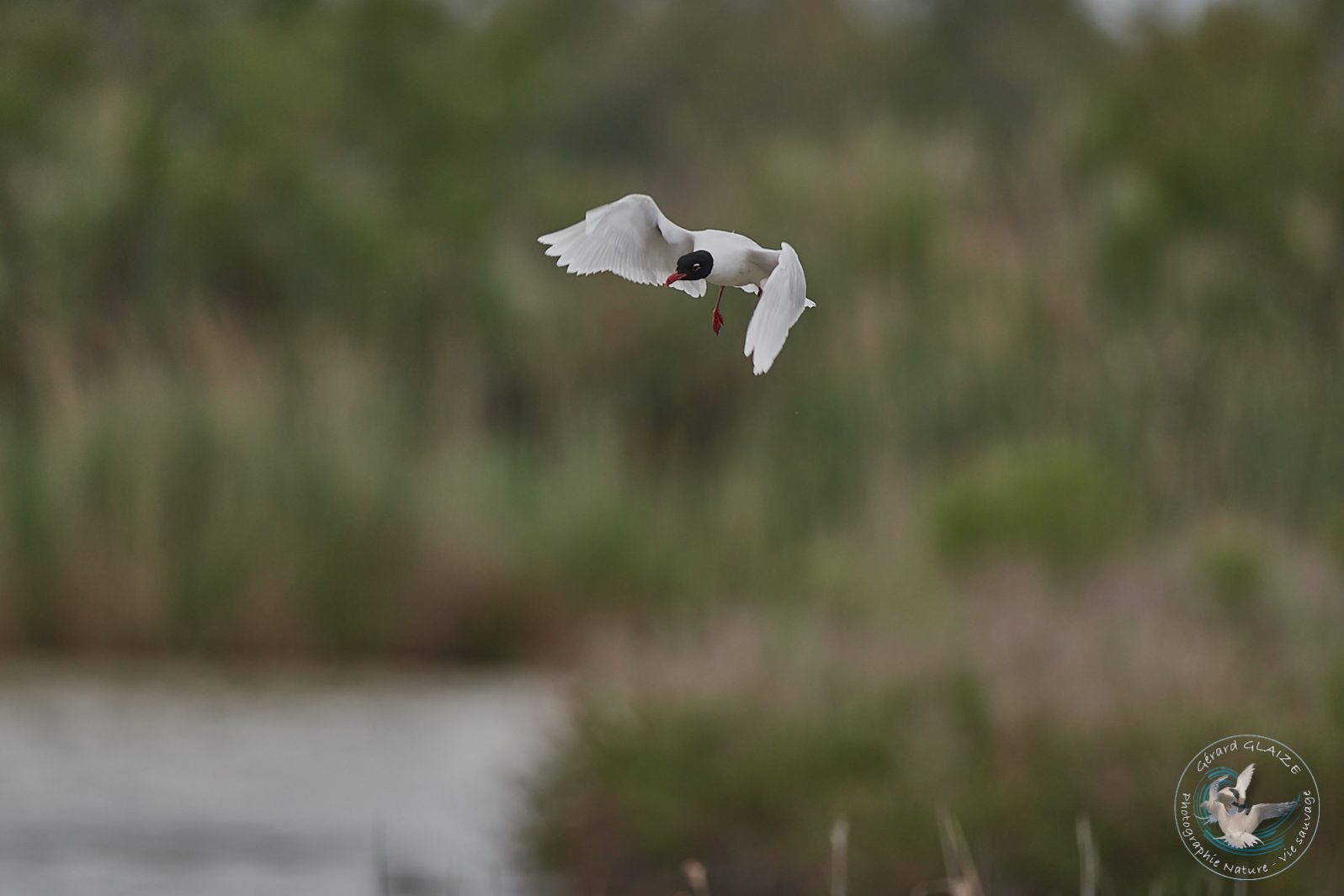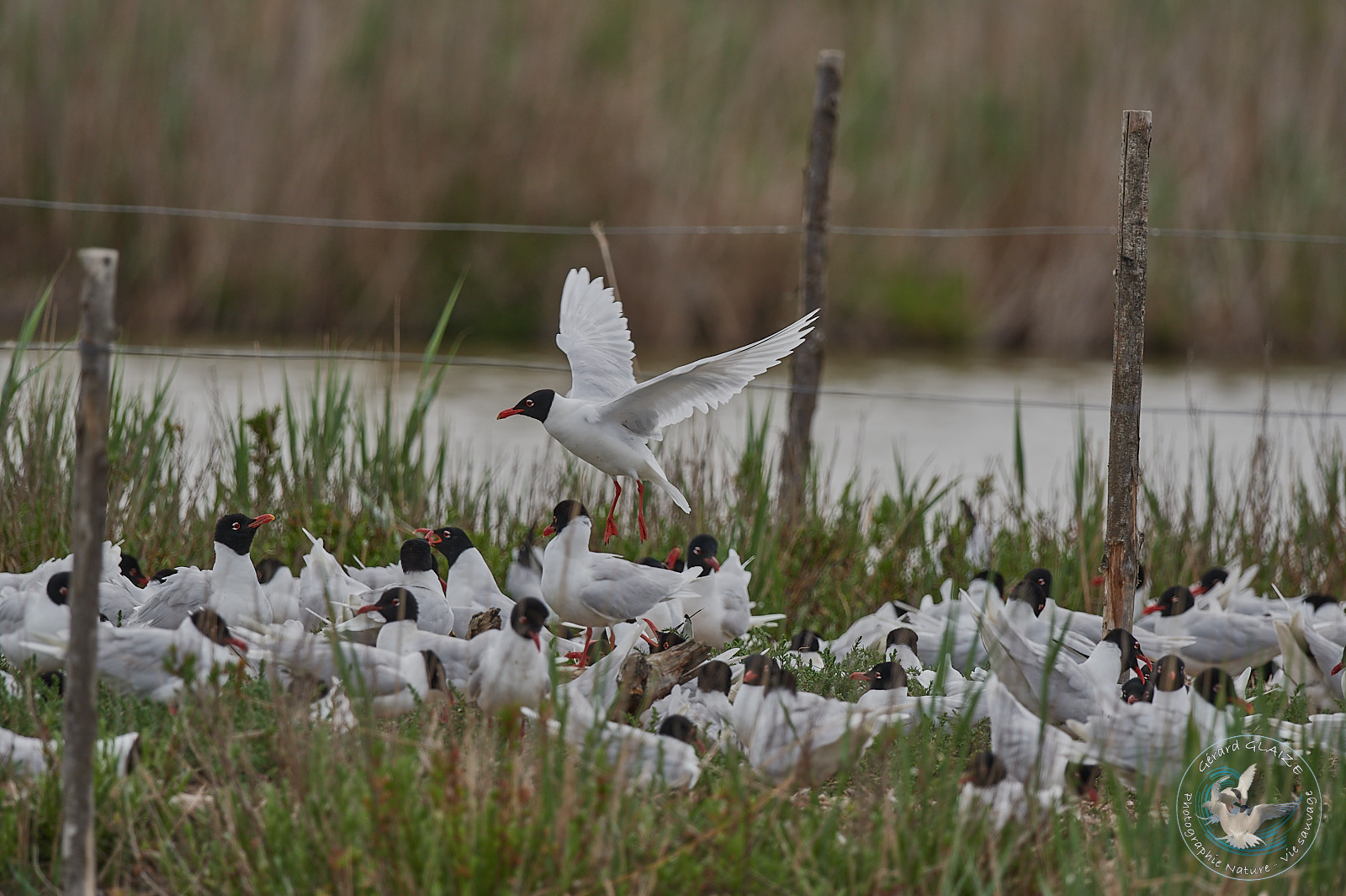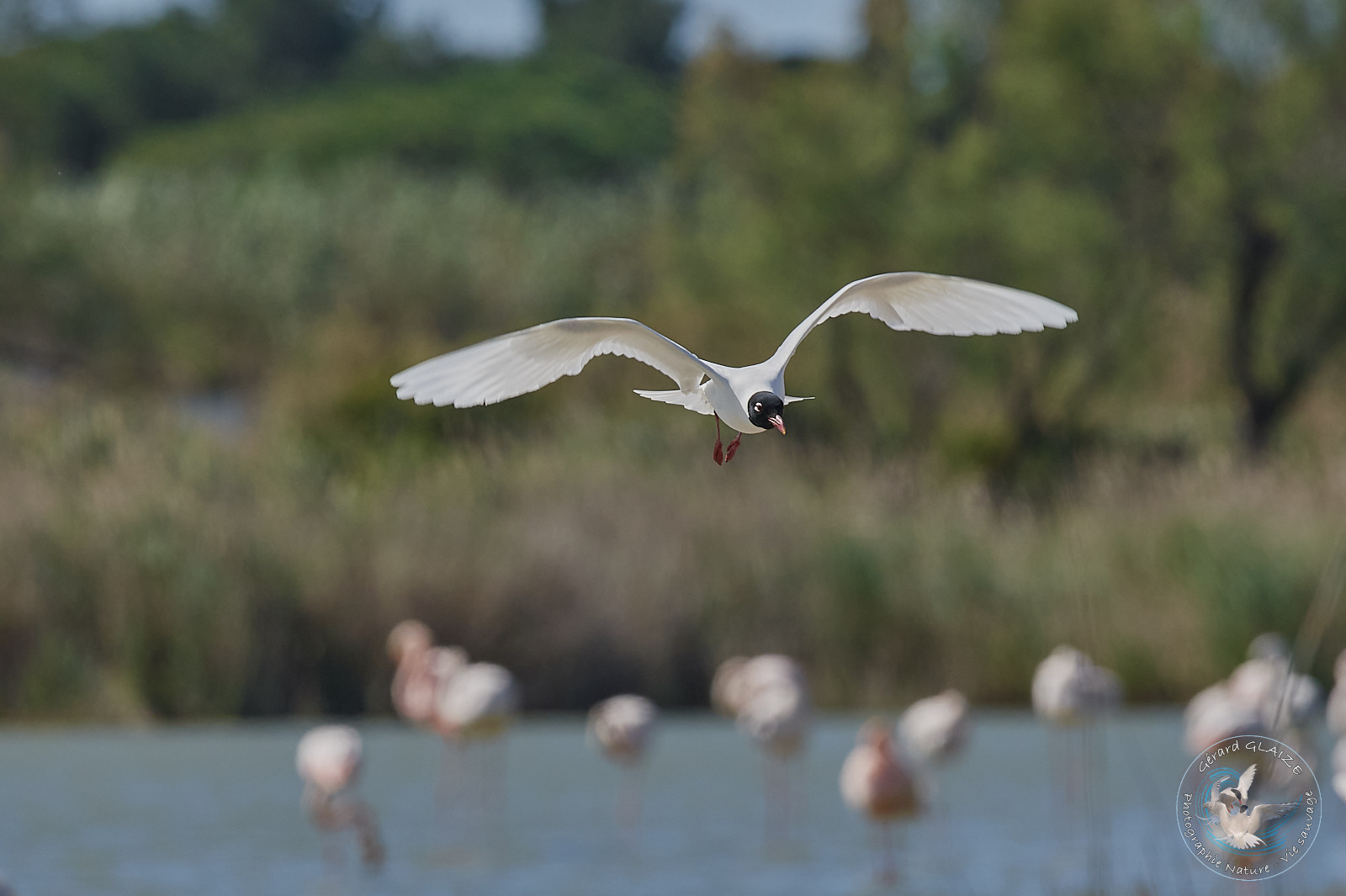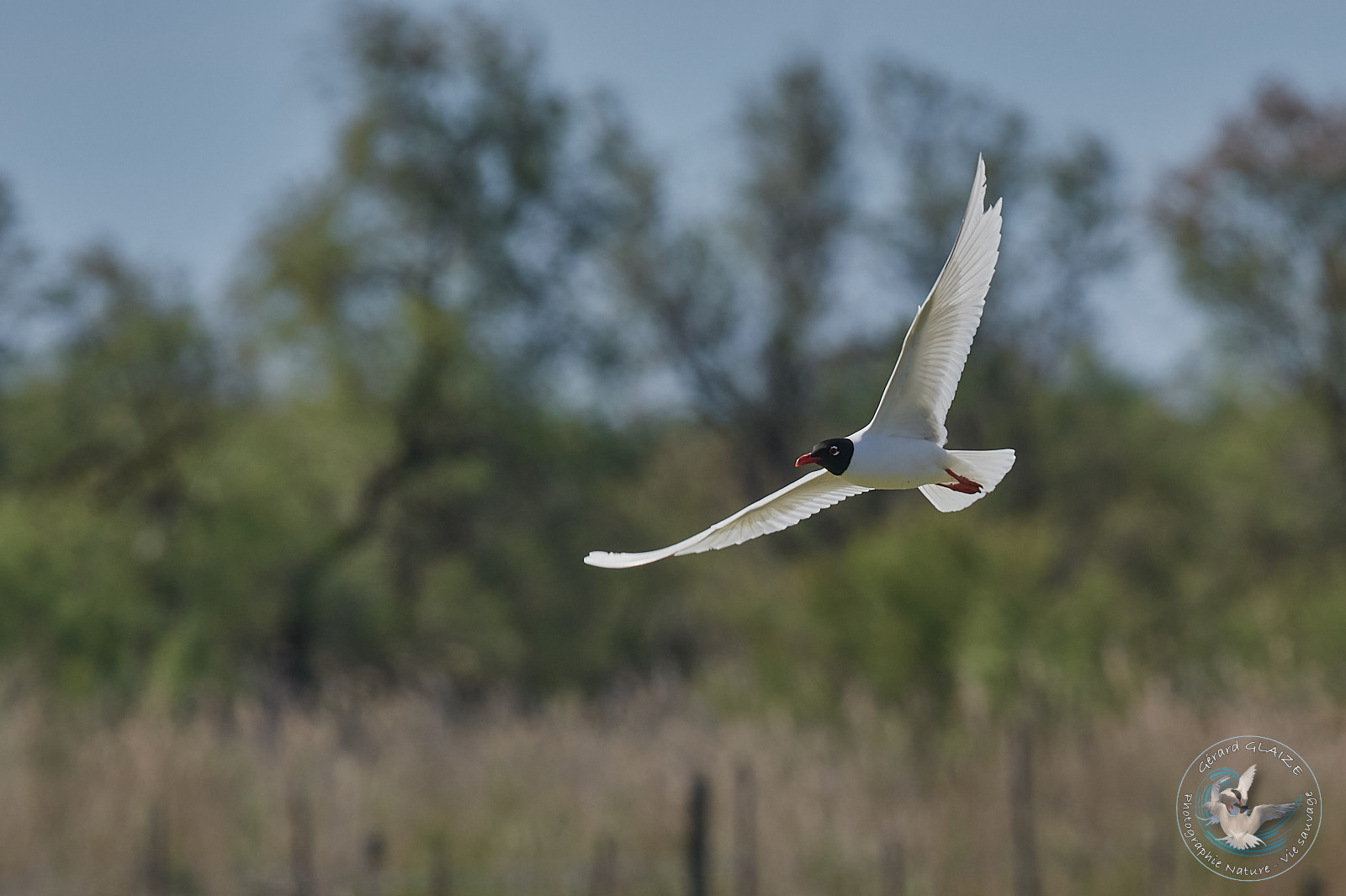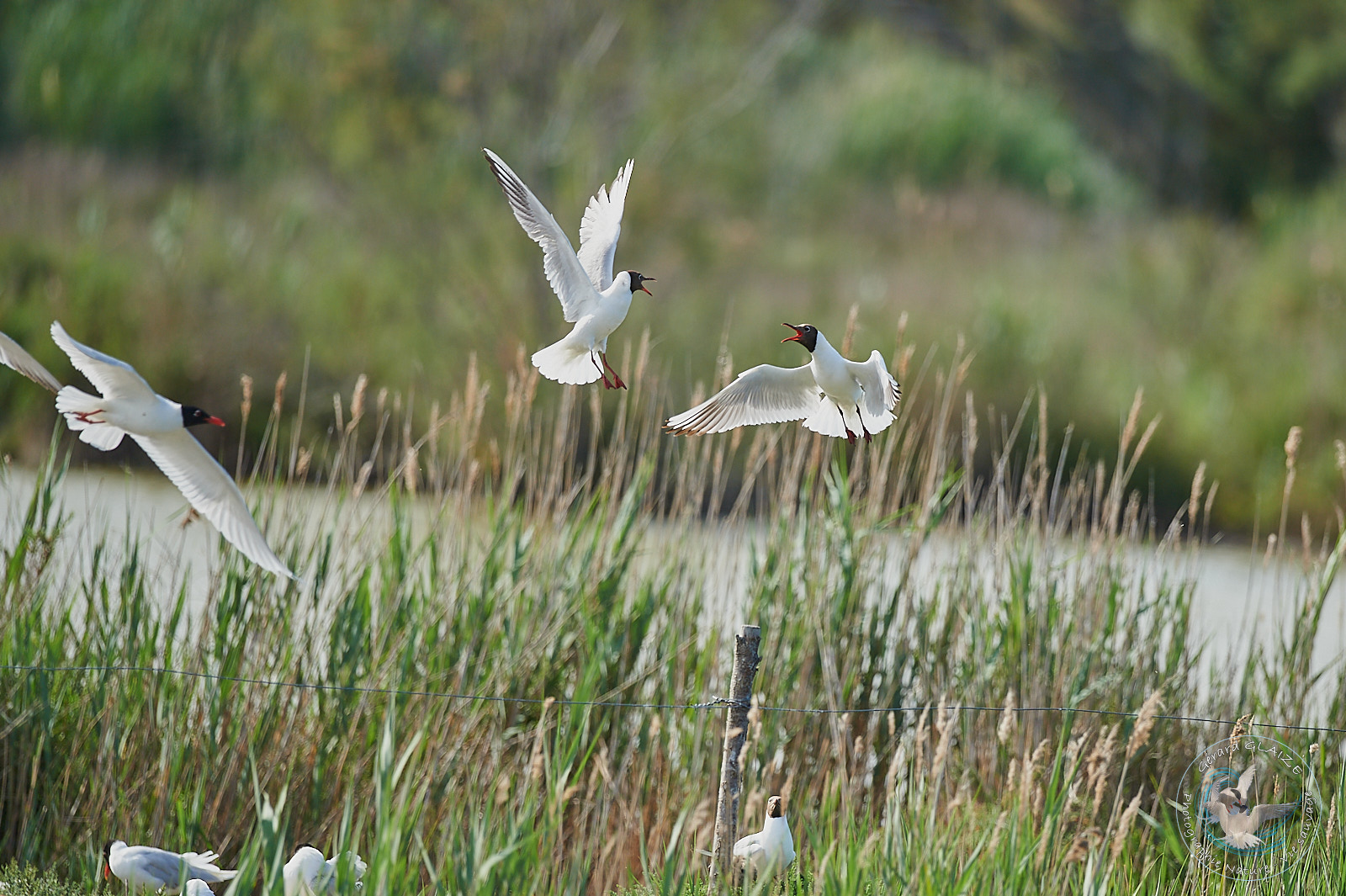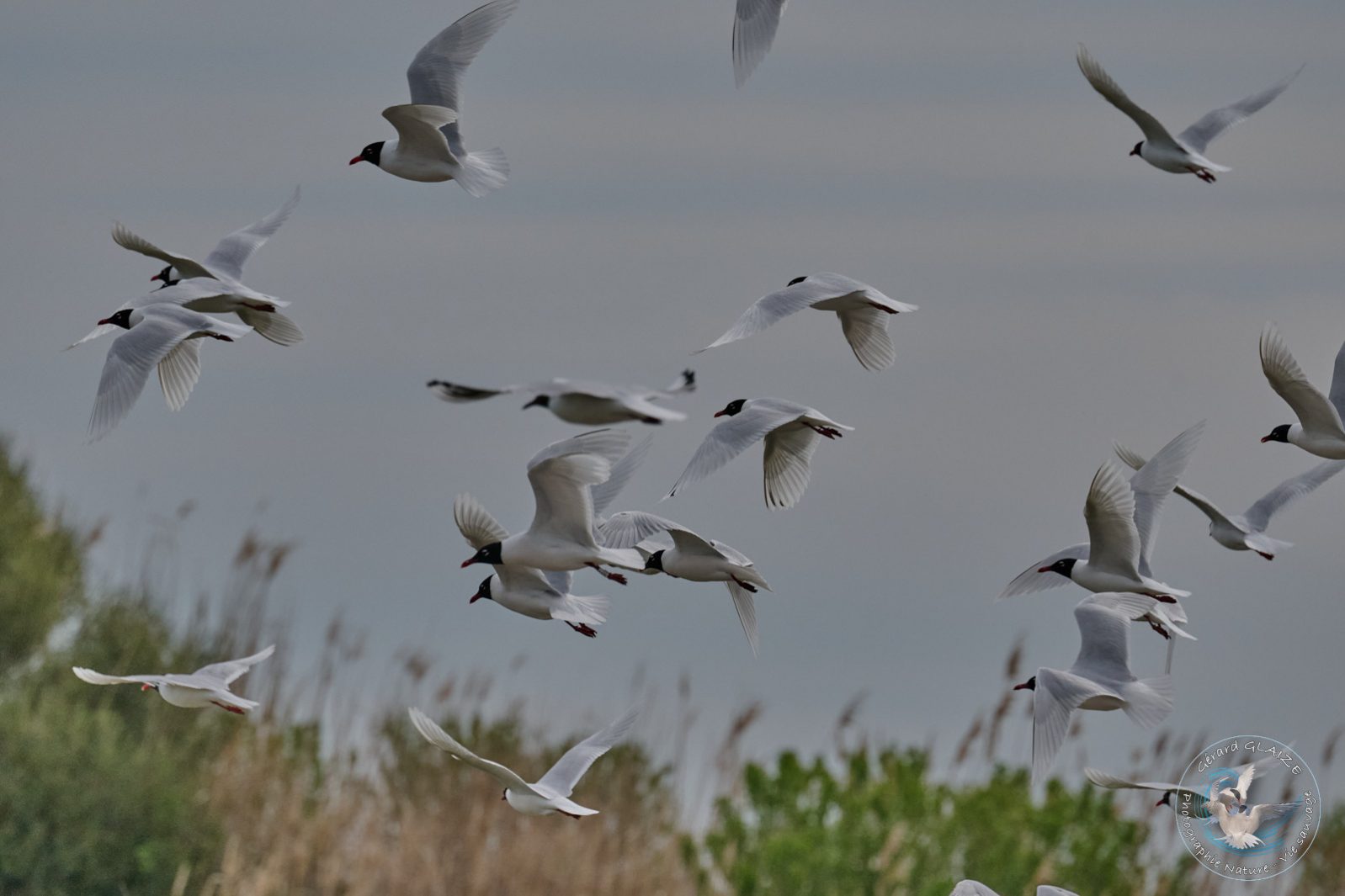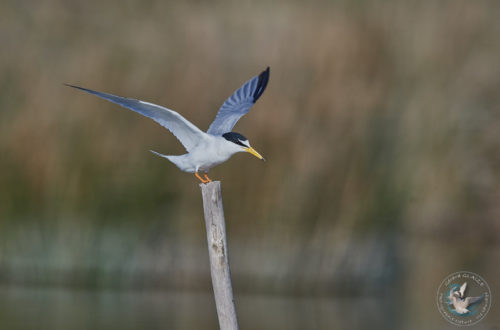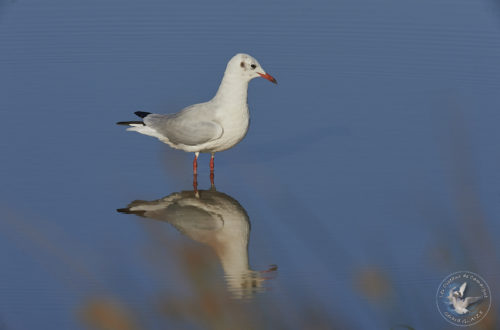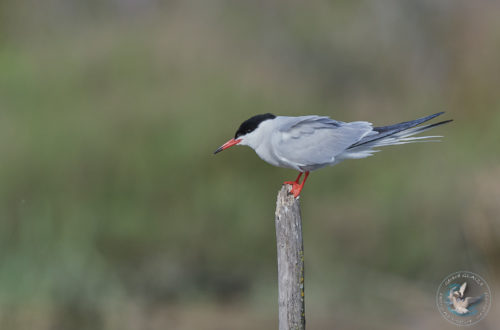Mediterranean Gull
Mediterranean Gull is a medium-sized gull. It resembles the Black-headed Gull, but lacks black primaries. The eye is edged with white. The mantle is light gray, the upperside of the wings is gray at the base, and the primaries are white. Beak and legs are dark red. Mediterranean Gull has a dark head during the breeding season, but only keeps a small patch of this hood on its cheek in winter. It differs from the Black-headed Gull in having a black hood instead of chocolate brown and significantly more extensive than its relative, the Black-headed Gull. Finally, there is no marked sexual dimorphism in this species.
Mediterranean Gull
Scientific name : Ichthyaetus melanocephalus
Family : Laridae
Length. from 38 cm to 40 cm – Wingspan from 98 cm to 105 cm
Weight : from 220 gr to 380 gr
IUCN Conservation Status : LC
Flight
The Mediterranean gull’s flight is easy. It can glide and hover, and even catch insects in flight.
Habitat
The habitat can vary depending on the location and season. The Mediterranean gull frequents beaches in winter and estuaries. It nests on coastal and inland marshes. It seeks out islets generally covered with herbaceous plants, and far enough from the shore to avoid any terrestrial predation.
Regime – Diet
During the breeding season, the species feeds mainly on terrestrial and aquatic insects. Thus, the flooding of the rice paddies in the Camargue at the end of April provides highly sought-after feeding grounds where many invertebrates emerge from their lethargy. During the non-breeding season, however, this gull is more eclectic. It then feeds on small fish, various mollusks, gastropods, and in the fields, earthworms, beetle larvae, and even small rodents.
Nesting
The Mediterranean Gull nests on patches of vegetation located on salt marshes, lagoons, reed beds, on rivers, or even in artificial environments such as sand pits, concrete dikes and ponds. It frequently nests in mixed colonies with the Black-headed Gull, but also with terns.
The species is monogamous, but it is unknown whether the pair remains together from one year to the next. The Mediterranean gull builds its nest on the ground or in low vegetation. It is a depression lined with twigs and vegetation, as well as a few feathers.
The female lays 2 to 3 eggs in April-May. Incubation lasts 23 to 25 days, and is carried out by the pair. The young fledge after 35 to 40 days.
Migration
The Mediterranean gull is a migratory bird, wintering mainly along the Atlantic coast and in the Mediterranean. It migrates mainly during the day, flying over land. It finally returns to us at the beginning of March to nest around mid-April.
Protection
The species is also protected (Articles 1 and 5 of the amended decree of 17/04/81), listed in Annex I of the Birds Directive, in Annexes II of the Bern and Bonn Conventions, and listed in AEWA category B2a (populations of Western Europe, the Mediterranean, and Northwest Africa).
In France, the species is considered “rare.” It first nested in the Camargue in 1965.
Cry
The black-headed gull emits a distinctive rising and falling call, but with a slightly sad tone. The kè-èh or kiau calls are more piercing, deeper and nasal than the black-headed gull, and are close in pitch to the little gull or the parasitic jaeger. Noisy in spring, especially in a nesting colony, it is silent in autumn and winter.


